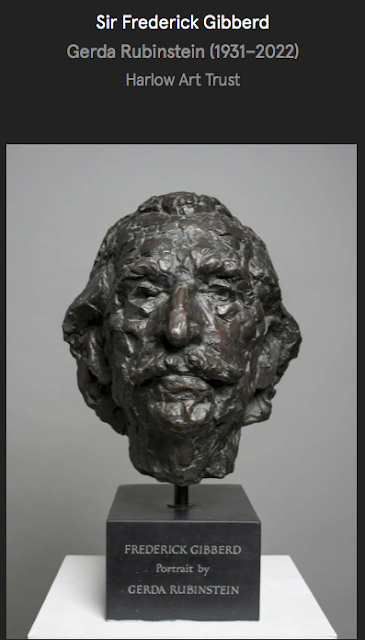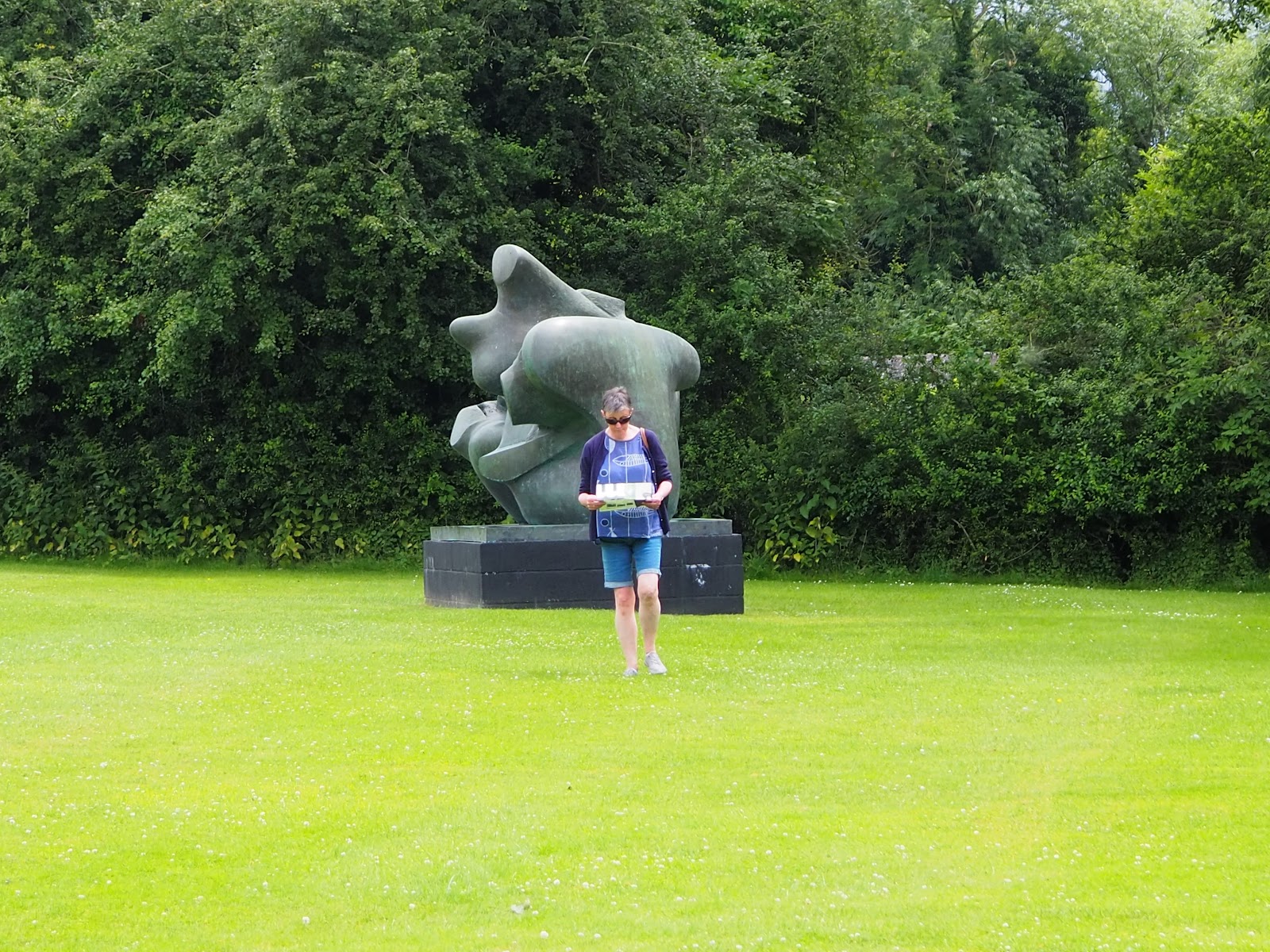I’ve been reading Iain Sinclair’s Pariah Genius, his ‘psychobiography’ – partly fictionalized - of John Deakin, in which he ‘follows in the footsteps of the famed Soho photographer. kept man, primitive painter and secret witness.’ I’m quoting from the blub there as you probably guessed.
The writing’s great of course – it’s by Iain Sinclair, but it’s not a pacey read. The problem I personally may have with it, is that I’m not all that fascinated by the gilded seamy glamour of Soho, the much recorded nexus of Lucian Freud, Francis Bacon, Daniel Farson, Muriel Belcher, the Colony Club, the French House, all the booze and the gay sex with dodgy geezers, some of them in scarily sharp suits. And it seems to me that Sinclair isn’t entirely fascinated either, though I’m sure both he and I have done our miles pounding the streets of Soho.
The book picks up a lot of energy when Deakin, because of Bacon, becomes an habitué of Limehouse where he ‘walked. Alone. Uncommissioned. His patrons, the indulgent editors, had no part in this.’ The section is titled ‘Deakin as Psychogeographer,’ and Limehouse is Sinclair territory too - see Ludheat - and so he can walk the same streets as Deacon, and many others. Some of Deakin’s archive can be seen on Instagram.
Sinclair mentions the photographer and ‘compulsive pedestrian’ Harry Diamond, who sometimes modeled for Lucian Freud. Sinclair writes, ‘The lengthy sessions Freud demanded interrupted his (Harry D’s) eternal stamping across London. … Harry had no use for taxis. He knew that blisters were the surest route to Enlightenment.’ Somebody, not me, should have that tattooed across their instep. This is a self-portrait of Harry Diamond in Brick Lane in 1973.
There is no doubt a mighty book to be written about photographers who walk and walkers who take photographs, though how would the poor author ever be able to afford to pay for the use of the images? We might quote Julio Cortazar, as Sinclair does, ‘But in all the ways when one is walking about with a camera, one has almost a duty to be attentive, to not that lose that abrupt and happy rebound of sun’s rays off an old stone.’
I don’t understand why it’s almost a duty rather than entirely a duty, but maybe it loses something in the translation.



































